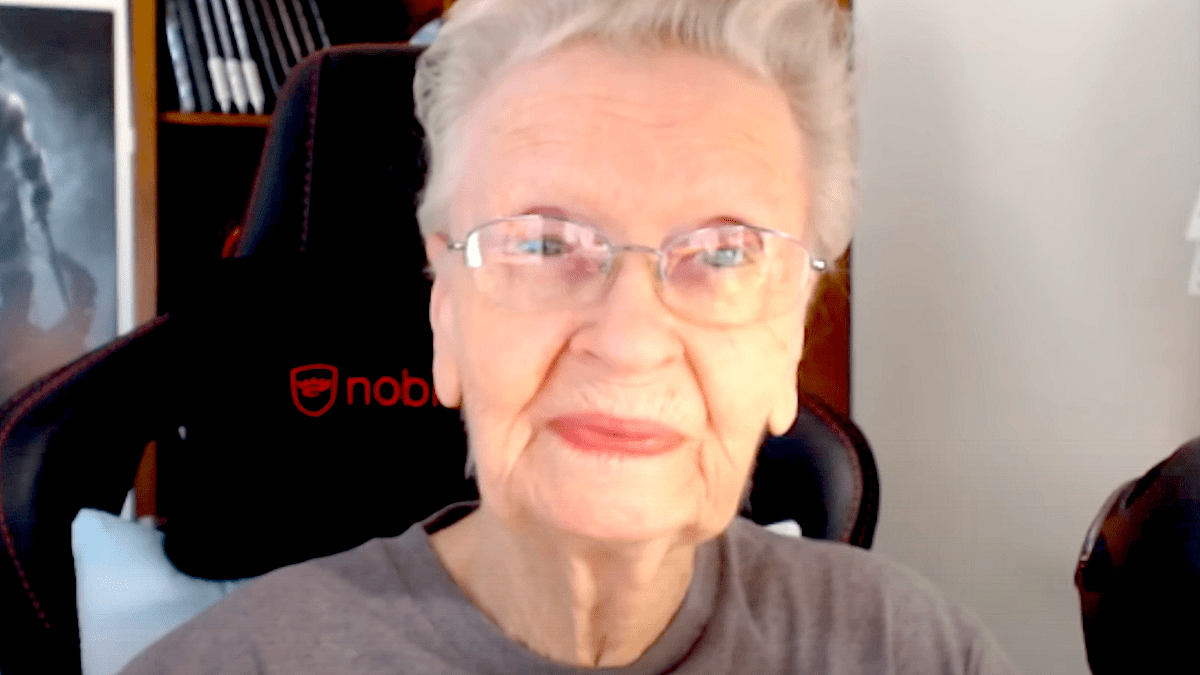
February’s dual release of Fire Emblem Fates: Birthright and Fire Emblem Fates: Conquest wasn’t actually the complete package in what was perhaps the long running strategy RPG series’ most ambitious entry. One final version has now arrived a bit later in the form of Fire Emblem Fates: Revelation, a third campaign that’s only available as DLC for either of the existing versions, rather than a standalone title.
This may be seen as a disappointing move for those who prefer physical media, but after playing the game, it makes sense, as you’ll enjoy Revelation a lot more if you’ve played at least one of the other versions of Fates. Plus, the download goes for half the price of the other games, despite packing a similar amount of content into it.
Revelation can best be viewed as the definitive version of Fates in some ways, as it is a marriage of both the unique casts and gameplay mechanics that were formerly exclusive to the other two versions. The game retains the positive qualities of its predecessors, and even improves on some storytelling gripes I had when I reviewed Birthright. As such, fans will find plenty to appreciate with this final entry.

Sticking to the established template, Revelation‘s early story and first few levels are identical to the other versions, chronicling the adventures of the customizable lead Corrin as royalty in the kingdom of Nohr, only to discover that he originates from the royal family of the enemy nation Hoshido, and must pick a side to ally with. Corrin has a new option this time around though, which is to side with neither kingdom and attempt to broker peace between the two instead.
Unfortunately, this initial decision doesn’t work in Corrin’s favor, as both nations brand him a traitor, forcing him to retreat with the mysterious singer Azura, who has been a constant ally in both previous campaigns. It doesn’t take long before Azura reveals an otherworldly secret to Corrin that may be the root of the two kingdom’s conflicts, and the two take it upon themselves to try and convince characters from both sides to join their cause and fight a hidden evil, though a curse preventing them from detailing their motives doesn’t make things any easier.
My review of Birthright stated that the plot took a while to start getting interesting, and while I suppose the same is technically true of Revelation, it’s less of an issue due to how the game handles its character interactions for returning players. Nintendo has stated that Revelation is best experienced after playing the previous versions of Fates, and I’d stand by that opinion as well. Not only do you get more clarification for several plot points and characters that were left open to some degree before, but the earlier portions of the game focusing on character recruitment are a lot more entertaining when you have past experience with them.

After Birthright restricted you to fighting alongside the Hoshido characters and Conquest did the same with Nohr (Outside of fighters from the opposite sides popping up as enemies and NPCs), there’s something satisfying in seeing them all team up and interact with each other. This also applies to the support and pairing systems that have been around since Awakening, allowing two characters to team up in battle for stat boosts, and bond to the point of marriage and offspring if you stick them together enough times. While there are many elite Fire Emblem players who base their pairings on the most beneficial stat boosts, I just have fun putting together characters who I think would be a good fit personality-wise, and the downright massive amount of options you get here provides plenty of opportunities.
When it comes to gameplay, it’s hard to talk about Revelation without sounding like a repeat of Birthright. The turn-based strategy RPG mechanics and the novel My Castle feature accessed in between missions remain identical, along with many opportunities to grind for experience and items through side missions and DLC maps.
However, there are some elements that specifically feel inspired by the more challenging Conquest, namely some more varied mission objectives and environmental mechanics. The overall difficulty also falls in between both previous versions. Also, those who see Revelation‘s DLC-only status and are concerned about a shorter or more simplistic campaign shouldn’t worry, as the overall experience is still as substantial and long as the others.
When all is said and done, the only true criticism I can level against Fire Emblem Fates: Revelation is that, in terms of gameplay, it doesn’t actually do anything different compared to its predecessors. Still, considering that all three Fates games can be considered one gigantic experience, this is easier to forgive than if it was a genuine standalone sequel, and its reliance on prior familiarity with its cast works in its favor. If you’re a Fire Emblem fan yearning for one more adventure with the Fates crew, there is absolutely no reason not to pick this game up.
This review is based on the 3DS exclusive, which was provided to us.










Published: Apr 19, 2016 09:23 pm